When my pal, Casey Spencer and I chat, I enter the world of honorary “gear head.”
“Gear Heads” are people entranced by gadgets and machinery. They marvel at the intricate design of a mechanism. My momentary journey into this special status arrives thanks to our mutual admiration of film-based photography, specifically vintage cameras. I do not consider myself mechanically inclined. But when Casey and I discuss cameras, I am able to nerd out, deeply into the weeds.
Vintage cameras beckon both of us with their film-based magic. He is the master, and I am the apprentice. Casey marvels at the aperture settings, the focus ring, the spring-loaded shutters and the almighty lens quality. All these marvels are engineered without batteries.
What really draws him into the photo vortex is the film size of the cameras. Those sizes could vary from 120mm to 8x10 inches, just like the one Ansel Adams used.
I share his admiration. A good portion of that fascination goes back to witnessing students marveling at latent images becoming permanent photographs in the darkroom thanks to photo chemicals. Then, there are memories of spending hours in my own darkroom producing a black and white photograph that literally froze time.
I also have fond memories of dragging a twin-lens Yashica Mat across Western Europe after college graduation to capture my vagabond memories.
Of course, it all goes back to the camera. The history of these magical gems reflects the precision and brilliant mechanics of historical figures like Joseph Nicéphore, Louis Daguerre, and George Eastman.
As a photo teacher Casey witnesses the same magic when he works with home school students.
After developing a successful business in real estate and property management, Casey and his wife, Sharon arrived in Meadow Vista. Using his photographic skills, Casey published photos of his clients’ homes in a highly professional format.
Later he became the “go to” photographer for Meadow Vista’s Live Oak Waldorf School. Those professional assignments led to many paying gigs like portraiture, weddings and commercial products.
Currently Casey still runs a real estate business but also manages Casey Spencer Photography and teaches classes. In addition, being a clever lad, Casey has created a small business buying and selling vintage cameras on-line. Sure enough, there is an active niche in the vintage camera business.
“I have become adept at figuring out my values, testing a camera, illustrating it with good focus and putting it on eBay.” That enterprise requires a thorough knowledge of a camera’s history, its notoriety and arcane mechanics.
Here is the point. I am fascinated with people who possess such a passion. They have etched out a realm with its own nomenclature, minor triumphs and obsessions. I like these people. It is fun to delve into the weeds with our mutual admiration toward vintage cameras.
Casey recently used that passion for a community project. He combined his attraction to photography with his love of small-town Meadow Vista. In fact, he compares our town to the mythical Mayberry of Andy Griffith fame. In some cases, the project involved adapting the camera so it could use contemporary b/w film sizes. Once he developed the film and digitized the negative, he incorporated the image within a poster that he would display in gathering places like the Local Café or the Ace Hardware Store.
In the end his task depicts Meadow Vista elders by using classic vintage cameras representative of his subjects’ generations. Sort of Mr. Gearhead meets Ken Burns.
Absurdist philosopher Albert Camus would have been a fan of Casey’s work. Esoteric Camus proposed that the meaning of life isn’t seeking a universal truth, but something that must be created by the individual in the face of life’s inherent meaninglessness. He suggests life has meaning by rebelling against its absurdity through living passionately and creating value by actions, relationships, and self-discovery. Ok, a bit lofty, but people who pursue creative passions hold a certain spring in their steps as they delve into their unique pursuits with intentional singularity. In other words, they are having a heck of a lot of fun.
The first subject was ninety-three-year-old Neil Fergus (1931-2025), a notable motorcyclist and local legend. In fact, Casey had taken a portrait of Fergus as a cover image for the American Motorcycle Association magazine
Given Fergus’ age, Casey chose a Kodak folding Pocket 1A to create the portrait. The Kodak folding 1A camera was a popular folding, medium-format camera for amateur photographers, introduced in the early 20th century. It used 116 film to produce 2½ x 4¼ inch negatives. The camera was a step above the Kodak Brownie but still accessible by amateur photographers
The photo and poster were a big hit and a notable point of pride for Fergus. In fact, word about the poster circulated among motorcycle enthusiasts who visited the Local Café to view the poster and perhaps even get the chance to meet Neil.
Neil had been a motorcyclist since he was 16 years old. He led a colorful life rich in motorcycling lore. At age 94, Fergus passed away on July 31.
To commemorate 91-year-old Bruce Broadwell (1934-2025), Casey used a Rollei Standard camera dating back to the early 1930’s when Bruce was born in Vermont.
A retired Sierra College professor, Broadwell, along with his wife Celia (1934-2016), was instrumental in the creation of a Community Center in Meadow Vista.
As evidence to their commitment to the project, the Broadwell’s sold personal real estate to help finance the center. When completed, the 7,300-square-foot Meadow Vista Community Center will feature a kitchen, meeting hall, smaller meeting space, youth room and brick patio. Thanks to community support as well as donated labor and material, the project is partially completed. So far, the exterior construction and landscaping are finished. Additionally, a patio, meeting room, and restrooms are available for use. Fund raising and special events are ongoing with the hope that the center will be completed in the near future.
The 1931-ish Rollei Standard is also known as the “Old Standard,” produced by Franke & Heidecke between 1932 and 1938. It was a big improvement from the original 1929 Rolleiflex. It introduced features like a hinged back, crank film transport, and a sports finder. It gained the “Old Standard” nick-name after the introduction of a new version in 1939.
It was the first Rolleiflex to use 120 film, which allowed for 12 square (2 ¼”x2 ¼”) exposures. .
Local Meadow Vista historian and longtime resident, George Lay (1937) proved to be the perfect subject for Casey’s third portrait and poster. A former auxiliary Placer County Deputy Sherriff and local real estate professional, George comes from a family rich in local history and community service.
According to an Auburn Journal article, Lay is noted for his numerous volunteer activities since his retirement including being a school docent, a member of the Municipal Advisory Council and Friends of the Library to name a few. He also served as the president of the Placer County Historical Society for nine years and has dedicated 30 years to the Meadow Vista Design Review Committee.
In addition to his knowledge of local history, George enlivens the community with a quick wit and spicy repartee. Following serious heart surgery, Lay was asked about any life lessons he might have learned.
“I’m trying to live a better lifestyle. Never drink cheap wine, you can quote me,” he said.
When Casey asked George about his favorite camera, the Argus C3 was suggested. The Argus camera was a low-priced rangefinder camera mass-produced from 1939 to 1966 by Argus in Ann Arbor, Michigan. The camera sold over 2.2 million units, making it one of the most popular American cameras in history. Due to its shape, size, and weight, it is commonly referred to as “The Brick” by photographers
In the portrait George is holding an Argus” brick”. To accomplish the photo shoot Casey used a Nikon F1, 35 mm camera from the early 60’s.
Casey’s latest vintage image is a little embarrassing because he chose to photograph me (1947) and Jackie at our tiny, tiny farm near Lay Lake. Given Casey’s enthusiasm and mutual reverence for vintage cameras, it was hard to say “no”.
He poised us on our tractor using my Yashica D TLR. That camera has accompanied me on many adventures including foreign travel and cityscape projects In San Francisco. We also used it as a studio camera in the Colfax High School photo program.
It has a vintage medium format, twin-lens reflex (TLR) film camera manufactured by Yashica between 1958 and 1974. The Yashica D shoots 120 film, producing 12 square 2 ¼” x 2 ¼” negatives per roll. The downward-facing waist-level viewfinder allows for a different shooting perspective, which can be advantageous for candid street photography. (Please excuse my “gear head” banter.)
The good news is that Casey is not stopping. He is planning more Meadow Vista projects as well expanding his coverage to Auburn.
Using a camera almost 100 years old, he plans to welcome locals for a formal portrait – not necessarily for profit, nor for notoriety but fascination. There is no stopping him, and we appreciate his passion.
“A true passion that burns within your soul is one that can never be put out.”
— Zach Toelke, poet


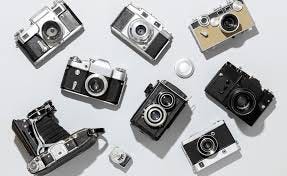
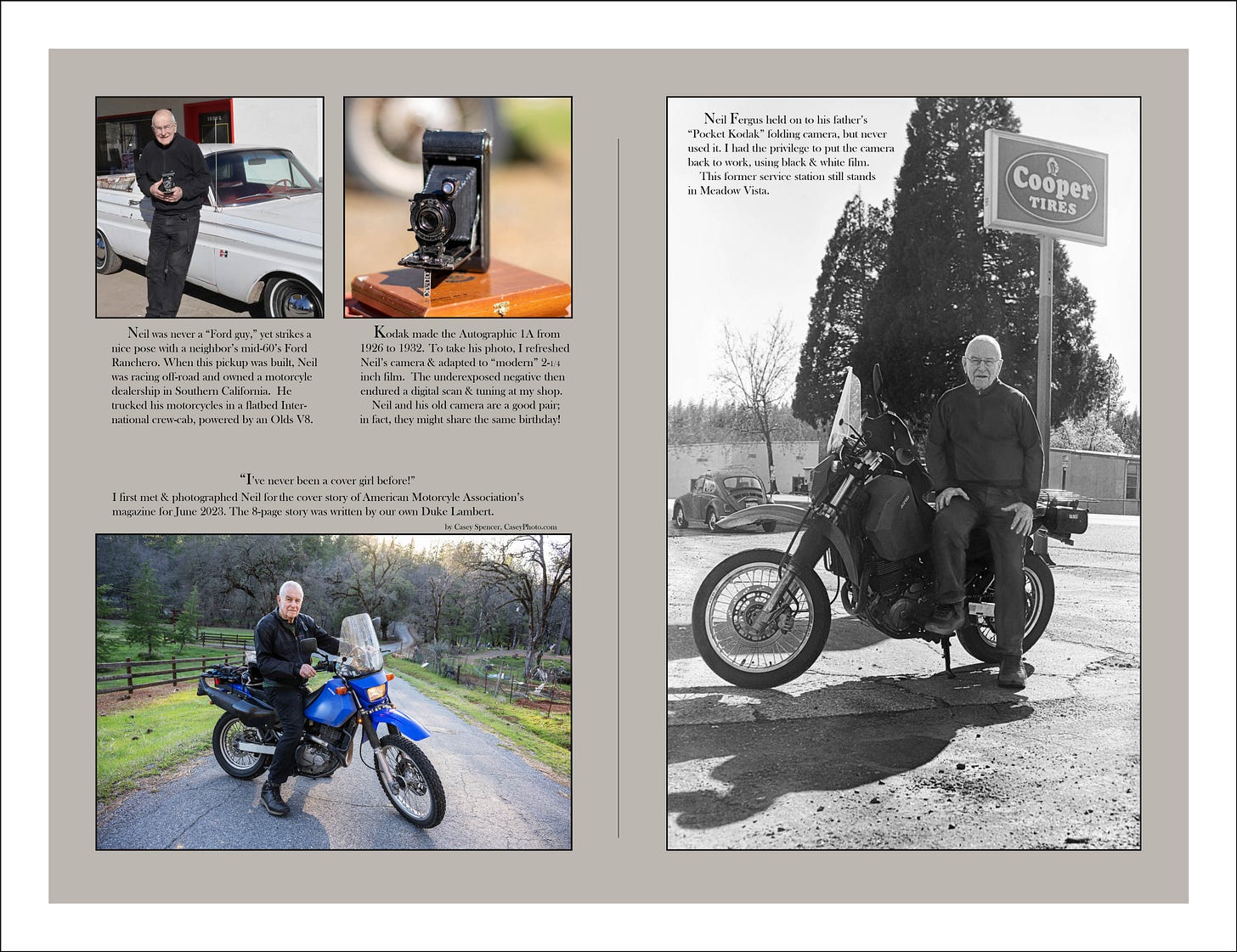
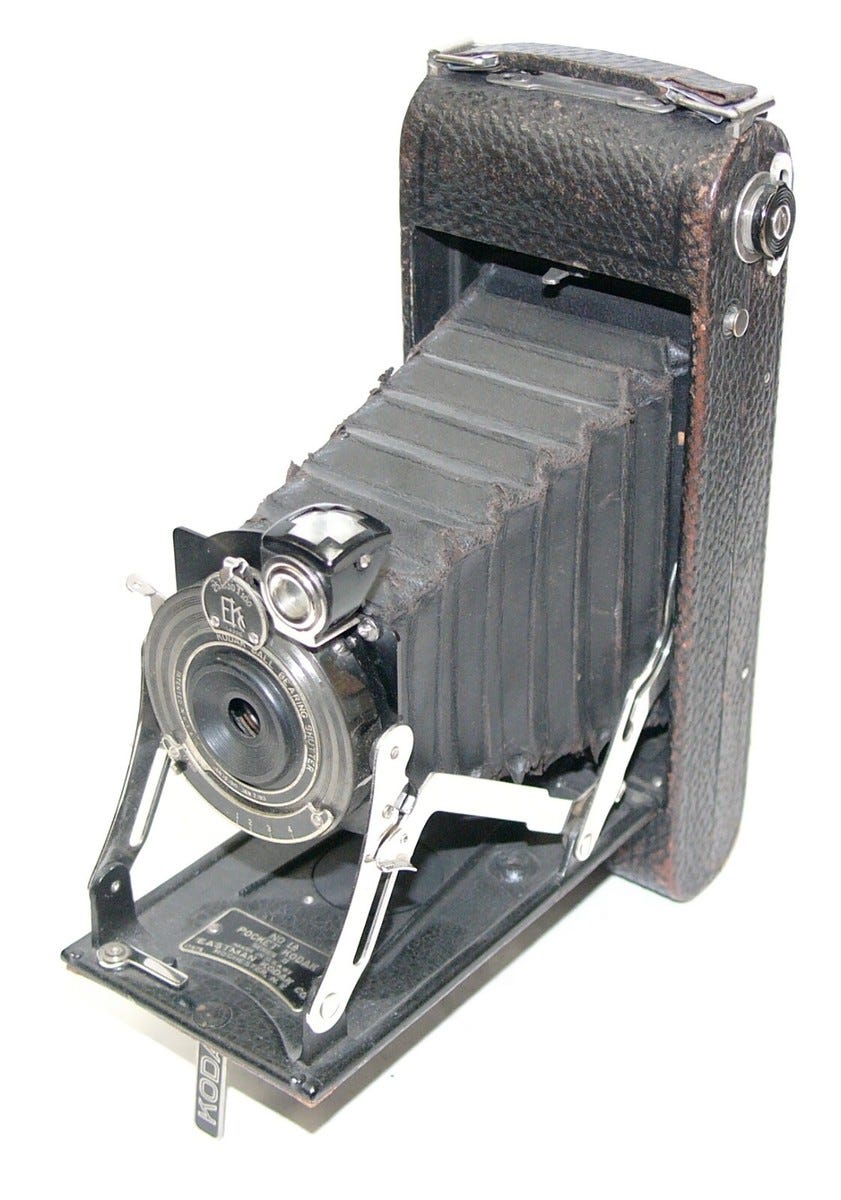
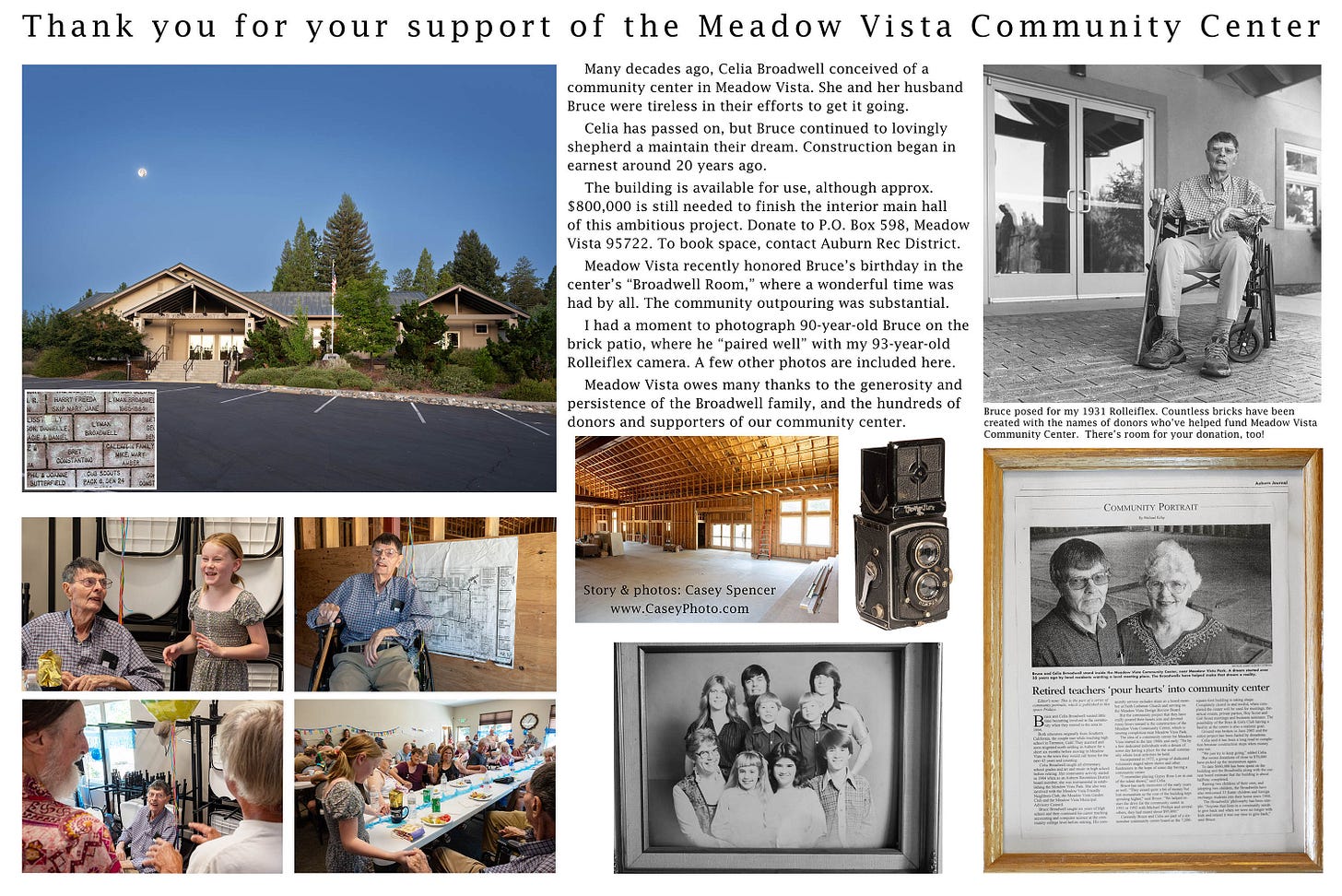
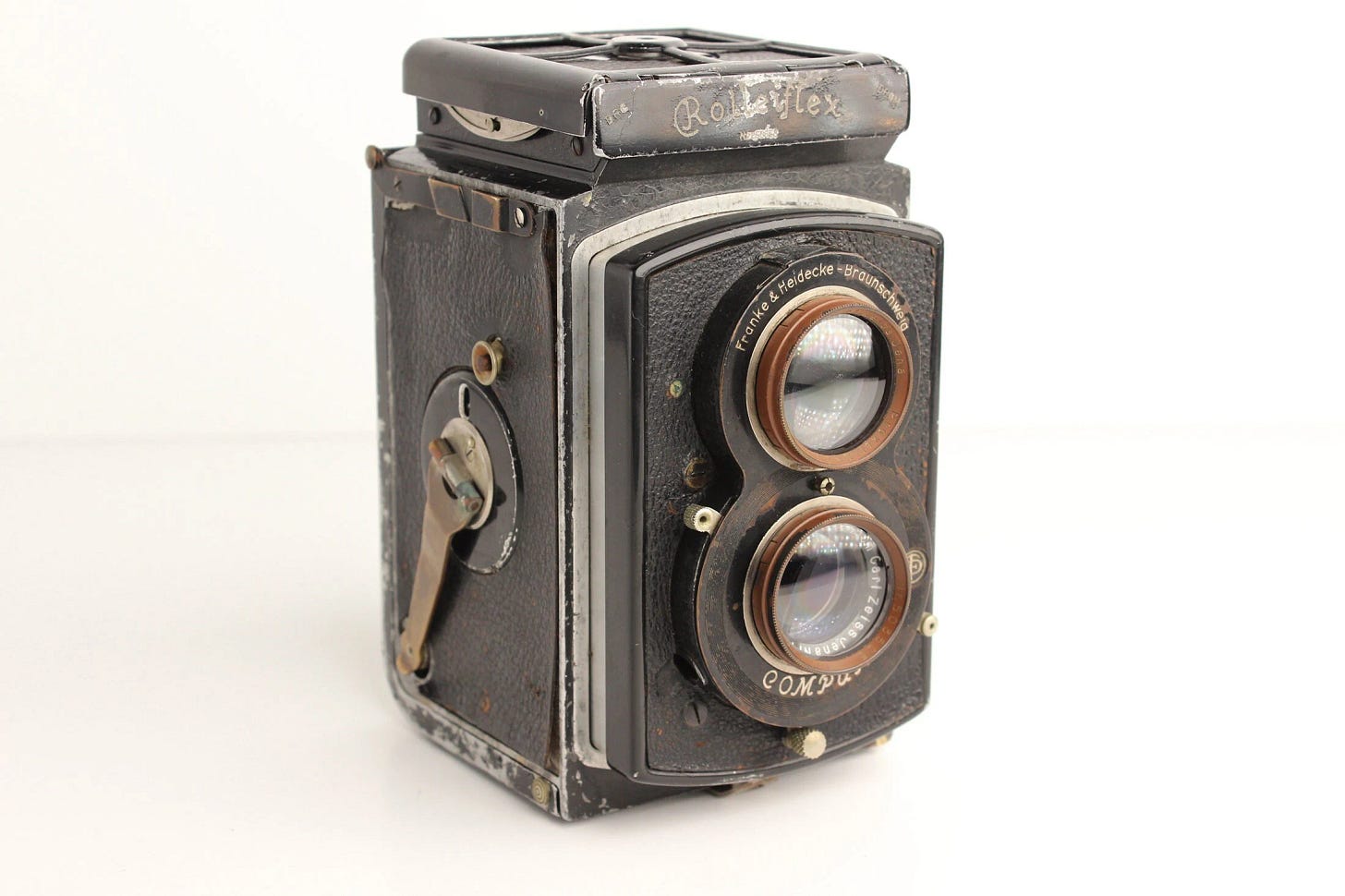
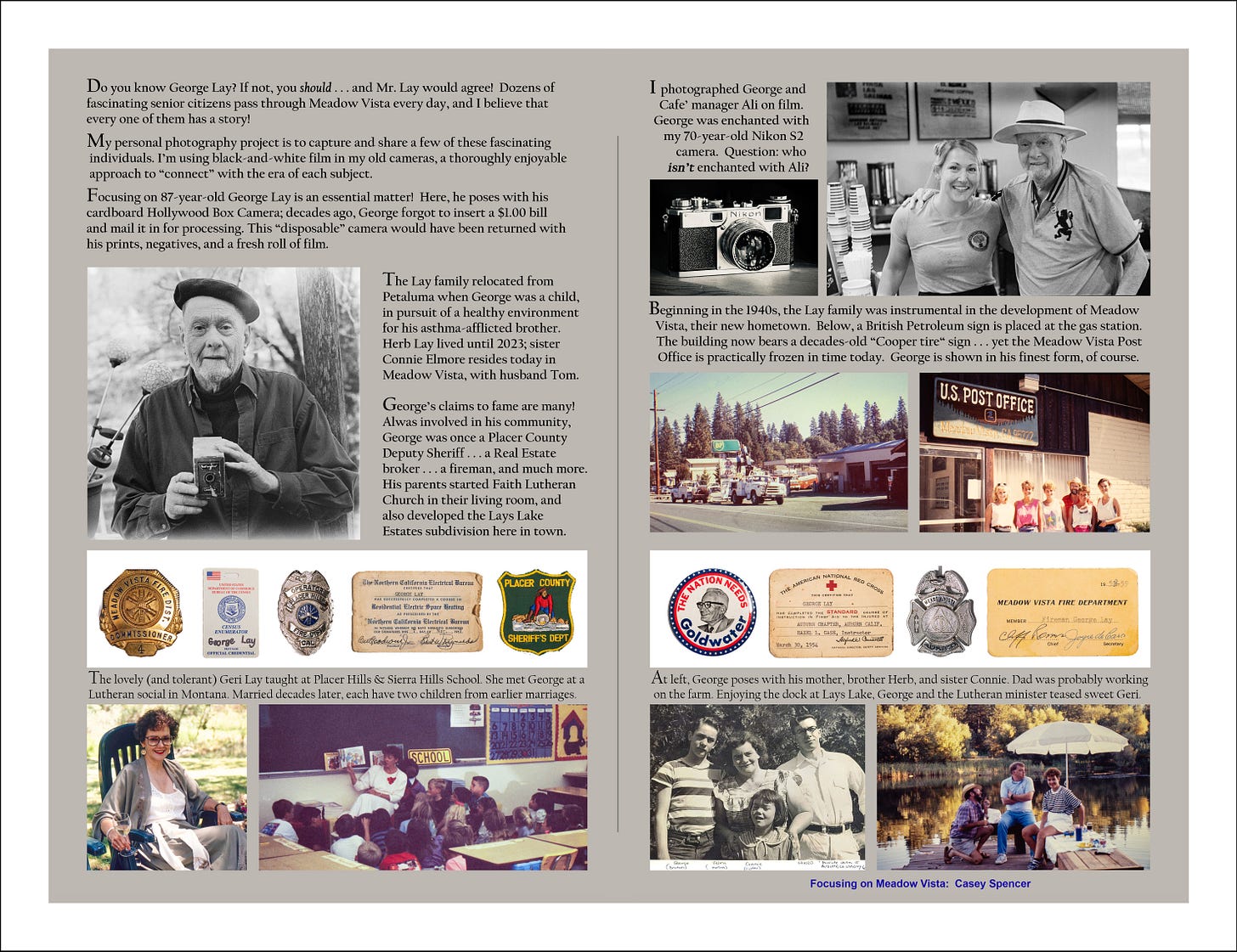


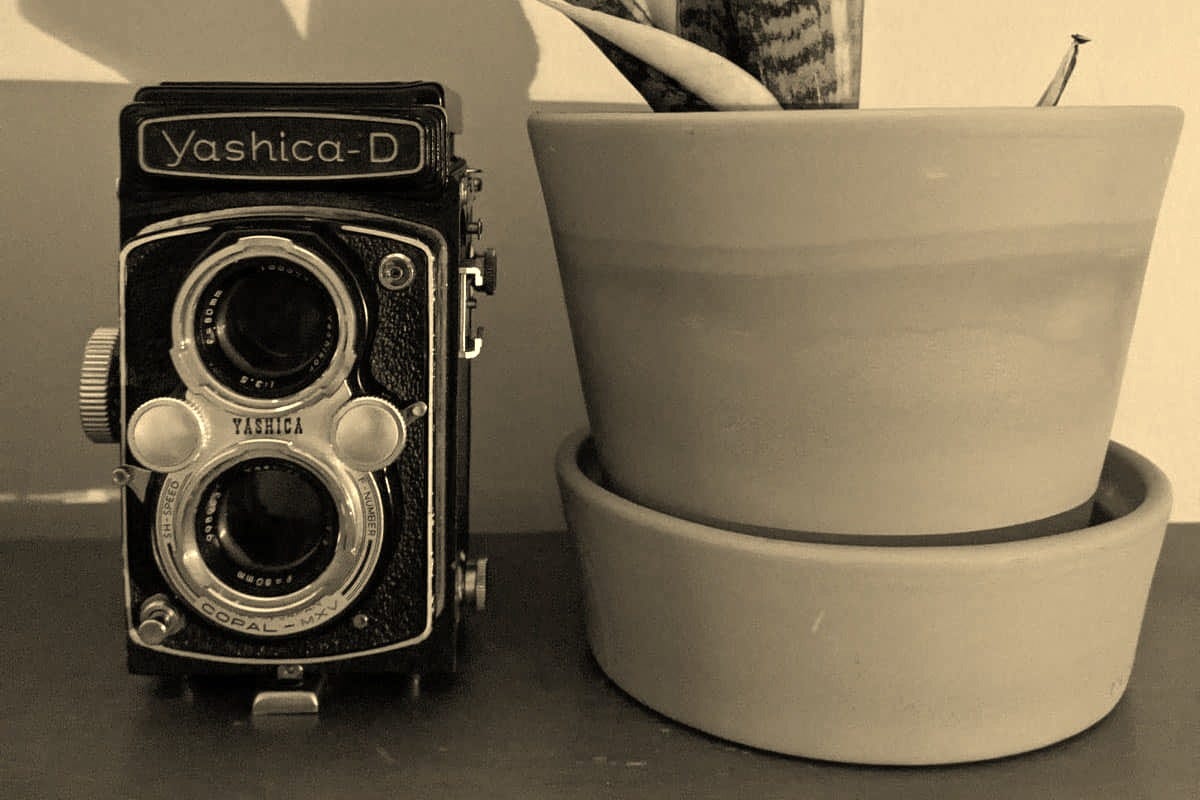
"Choosing the best Aperture" might fit well for a Rick Brown penned book of life Memoirs. And since I have recollections of Rick with cameras assigned to the delicate capture of lives lived - especially for yearbook students back in the 1970's - and having seen Rick's work displayed prominently over the many decades since, names like Ansel Adams seem to belong in the natural syntax of prose shared on the art topics of artistic photography. Like the historical deep dive of Meadow Vista!!
Excellent, interesting article about a subject I know nothing about! Loved the pictures of the cameras and the profiles. I remember a movie called, “I am a camera,” which apparently was not very good. But it did produce a very short review: “No Leica.”